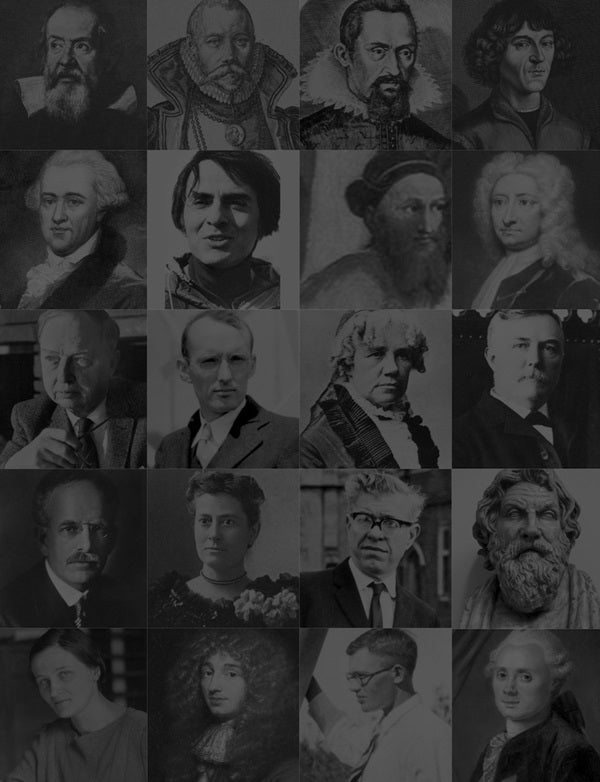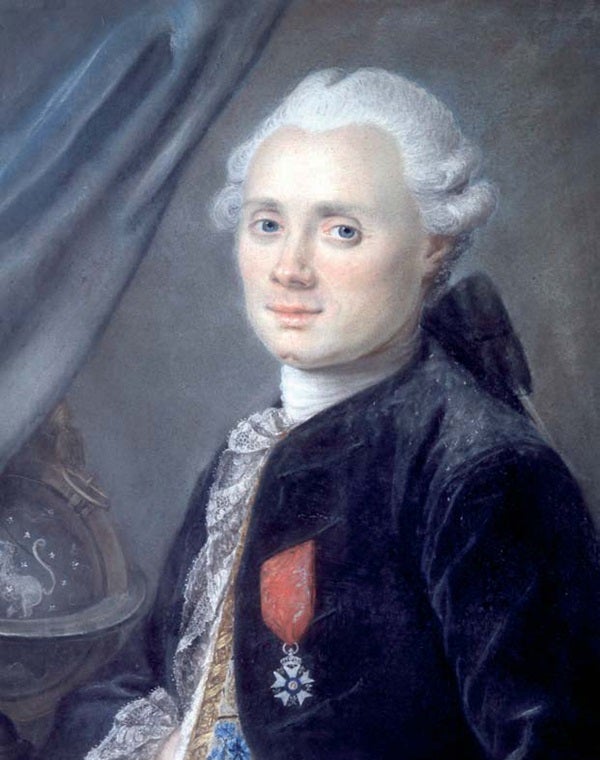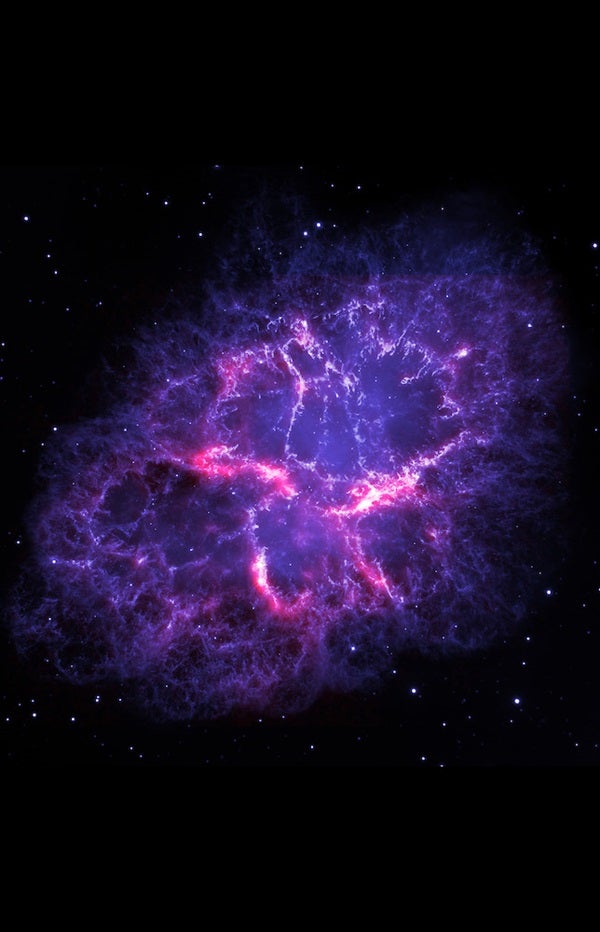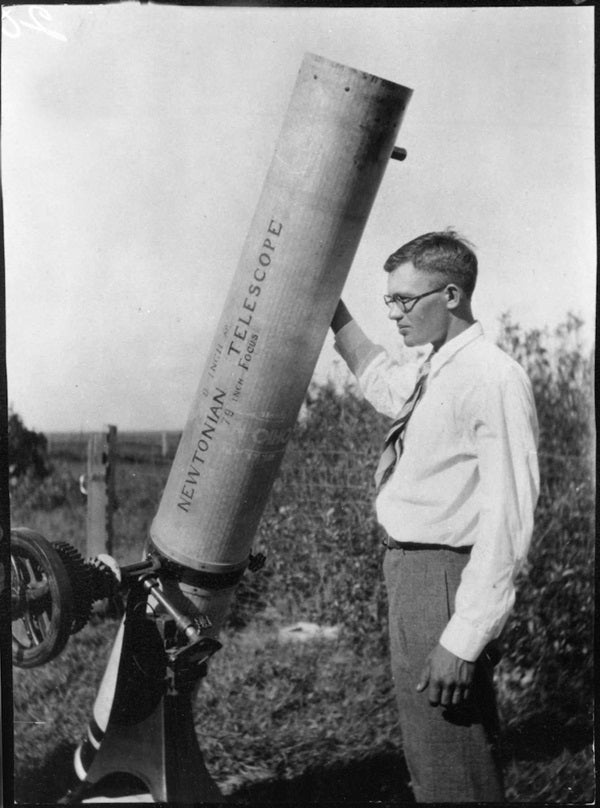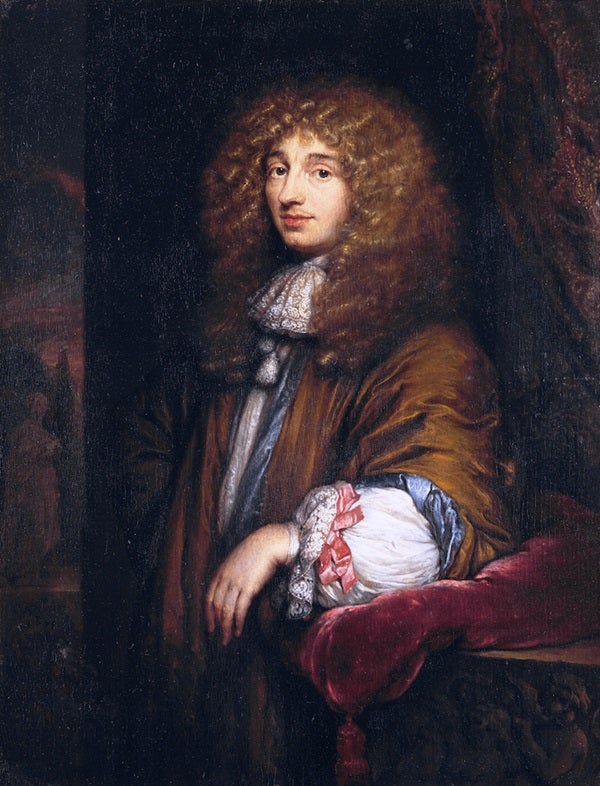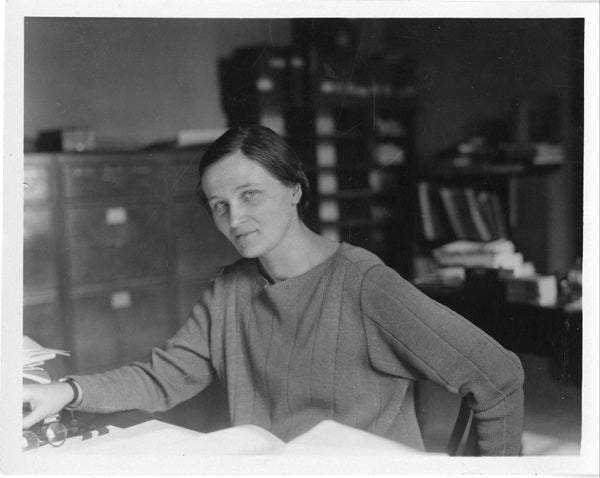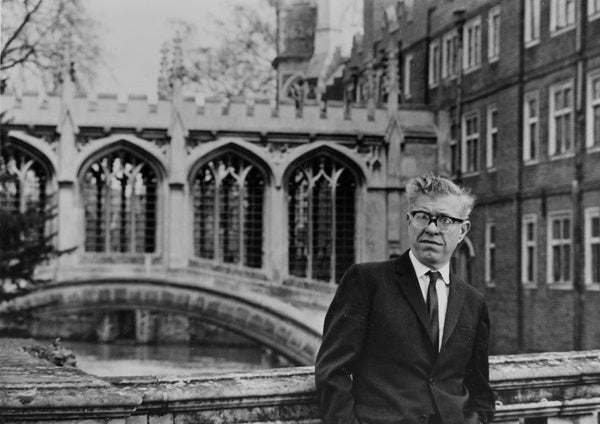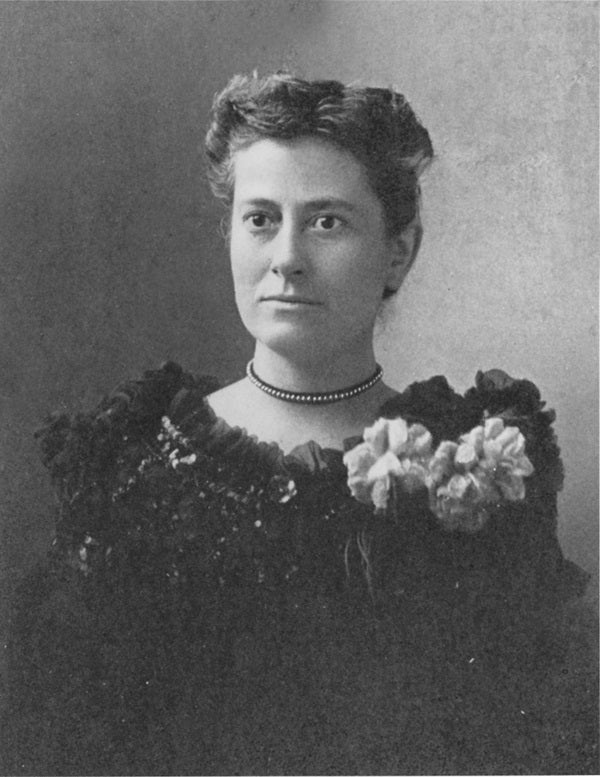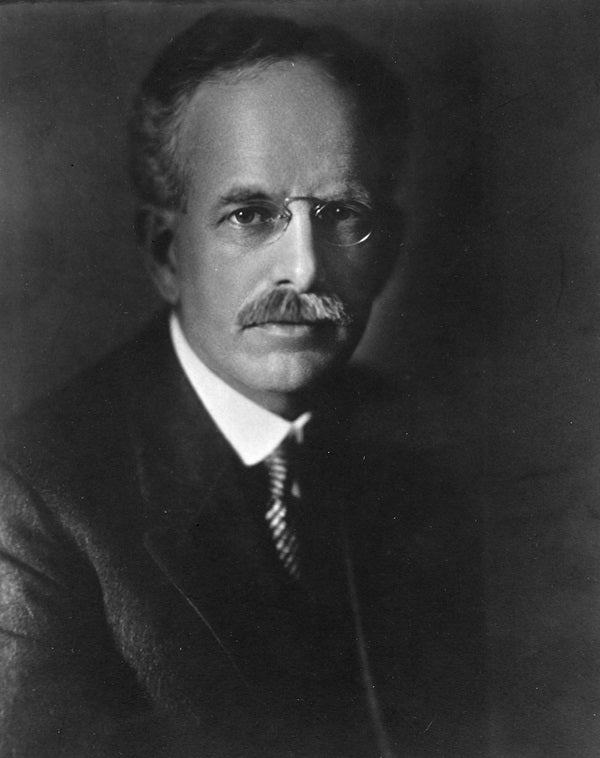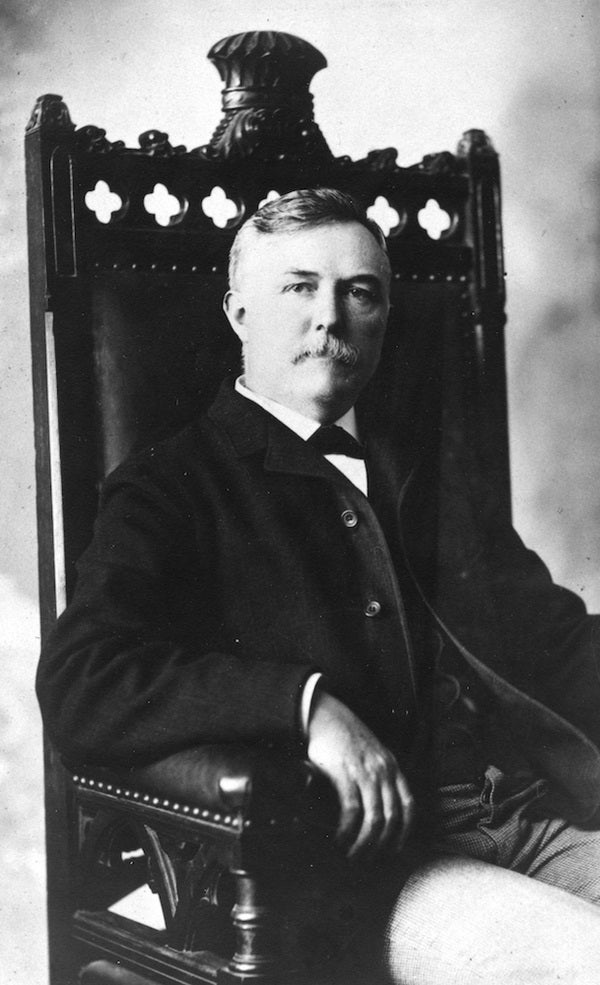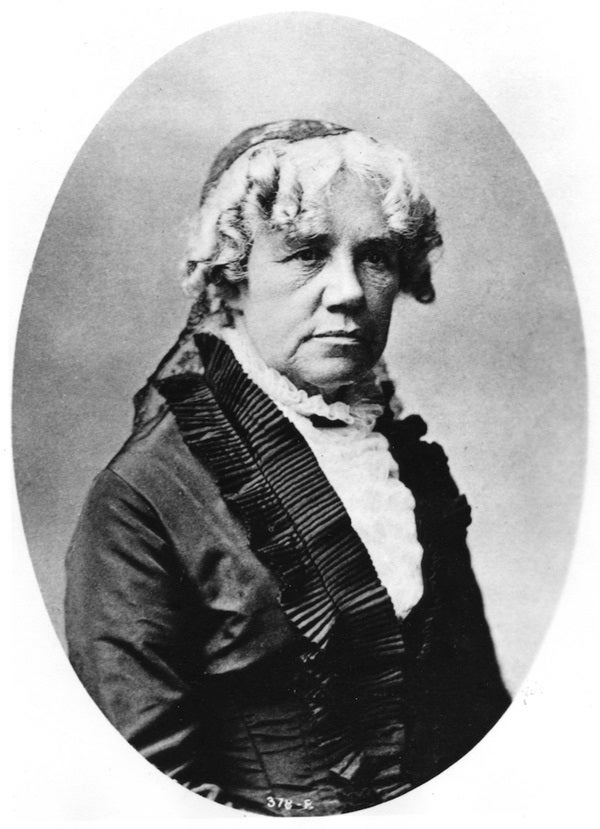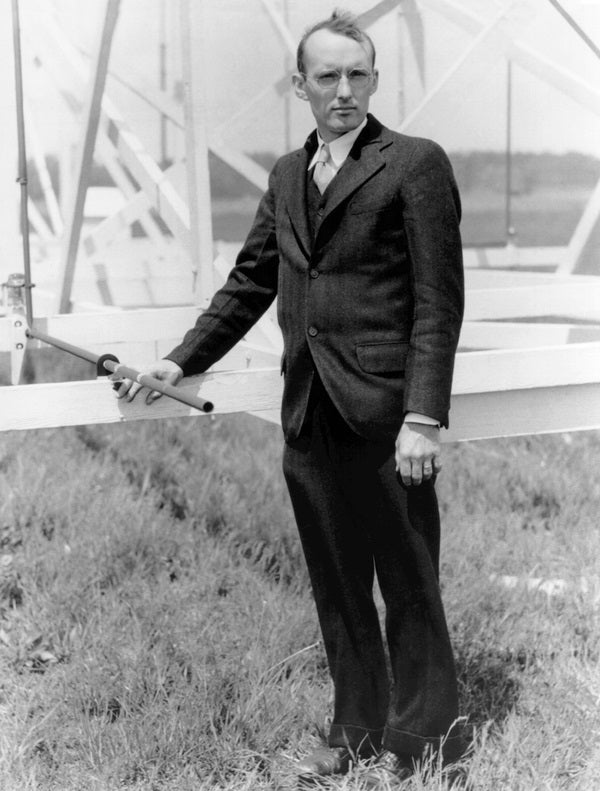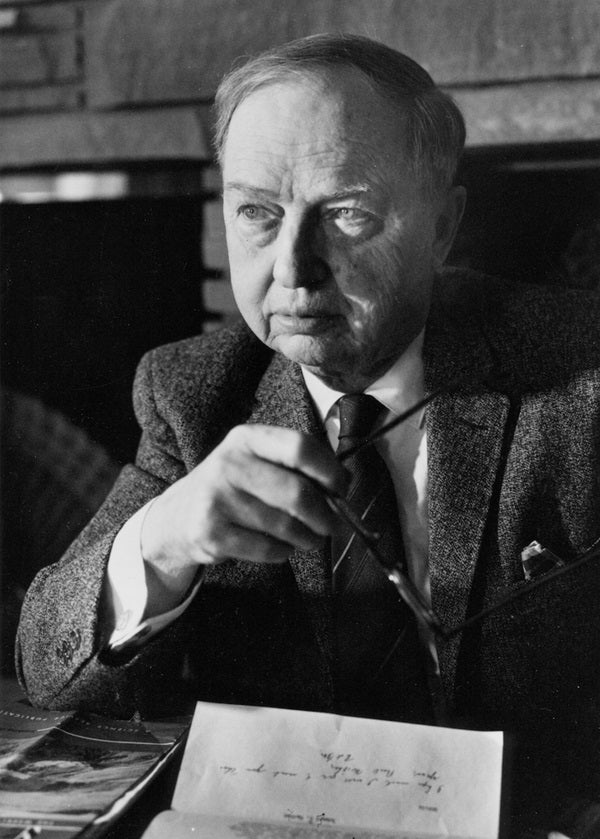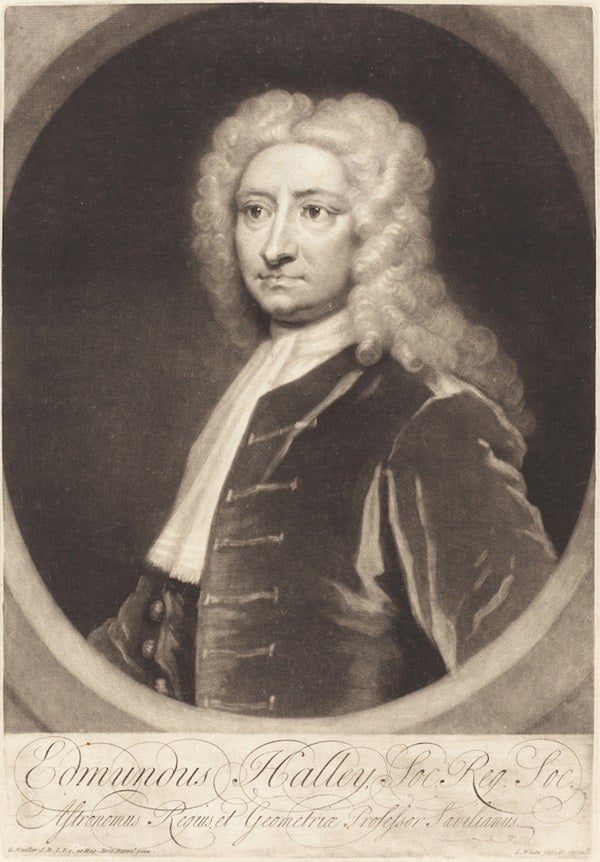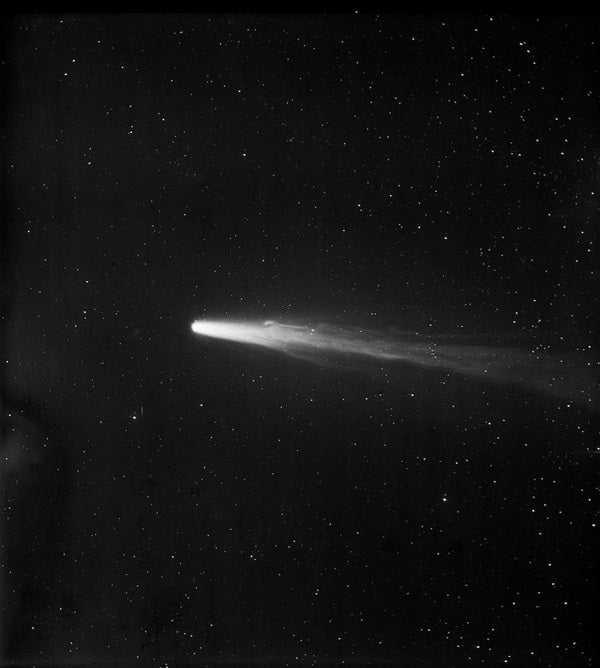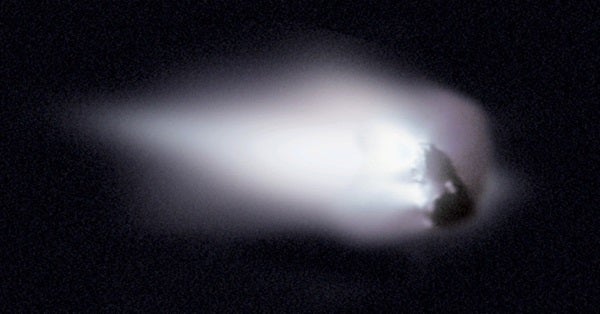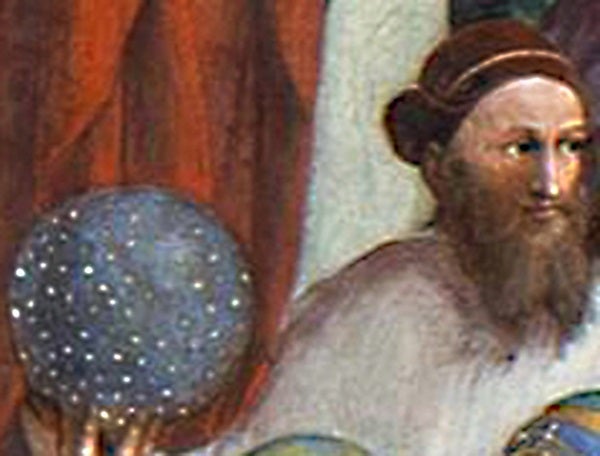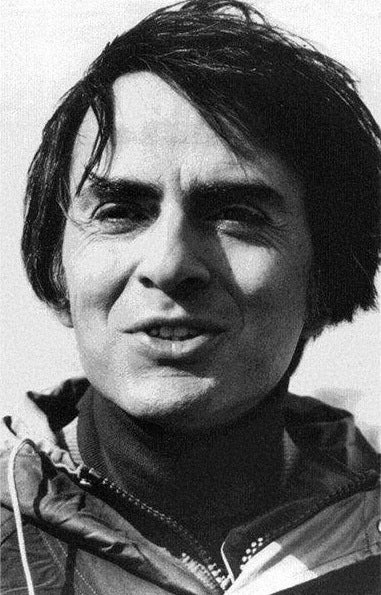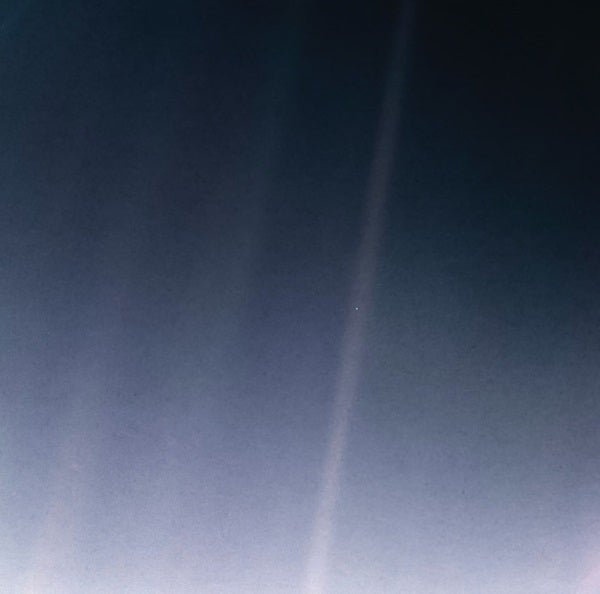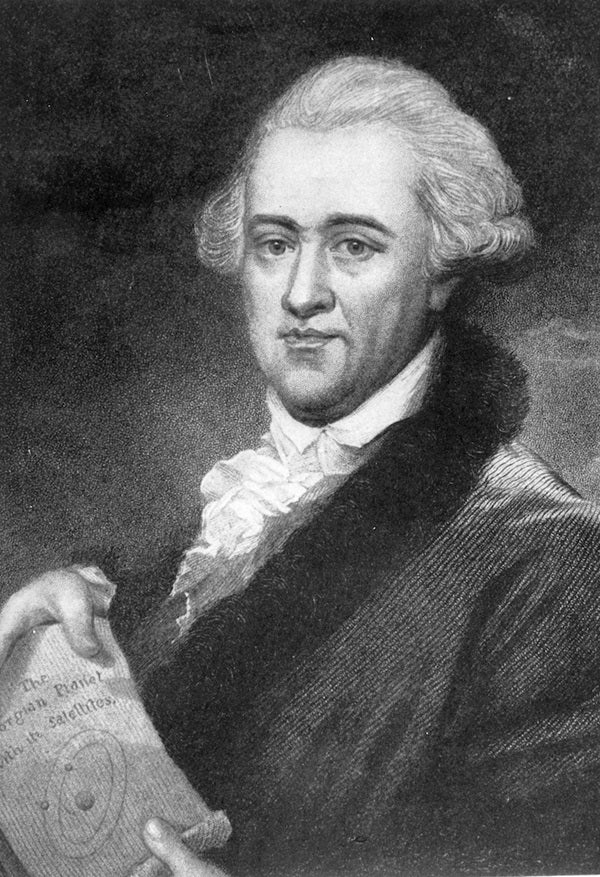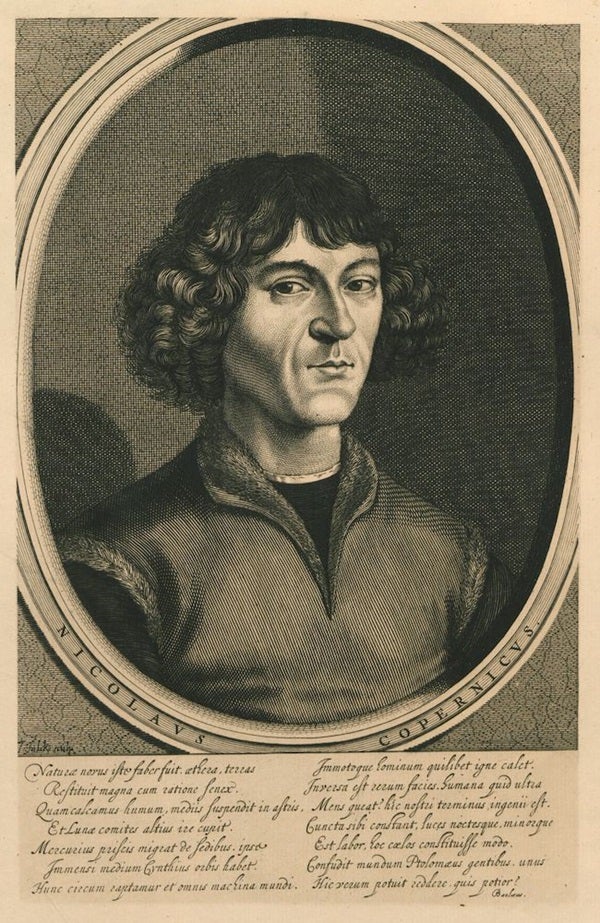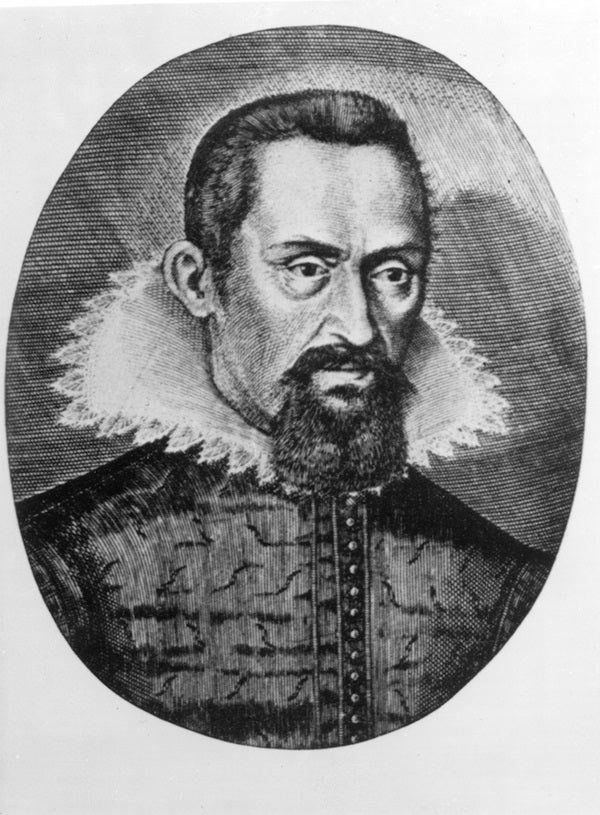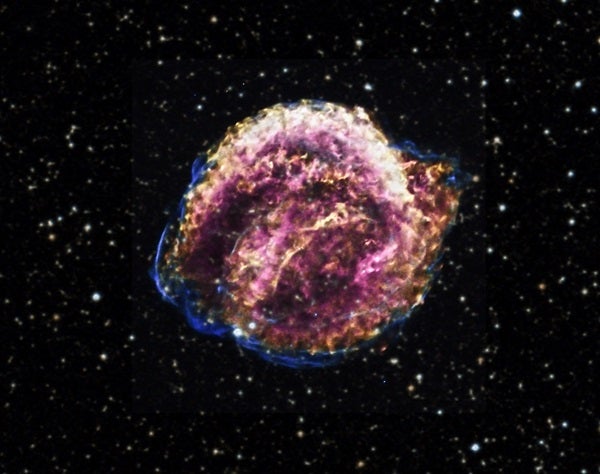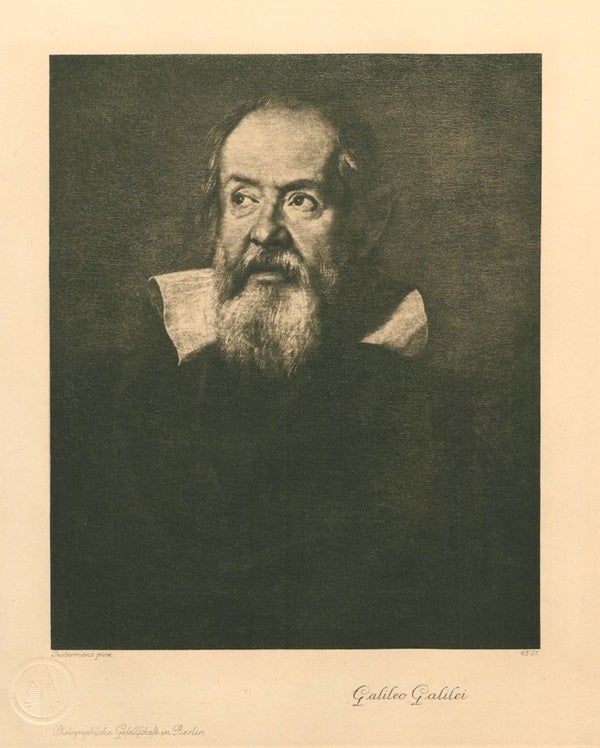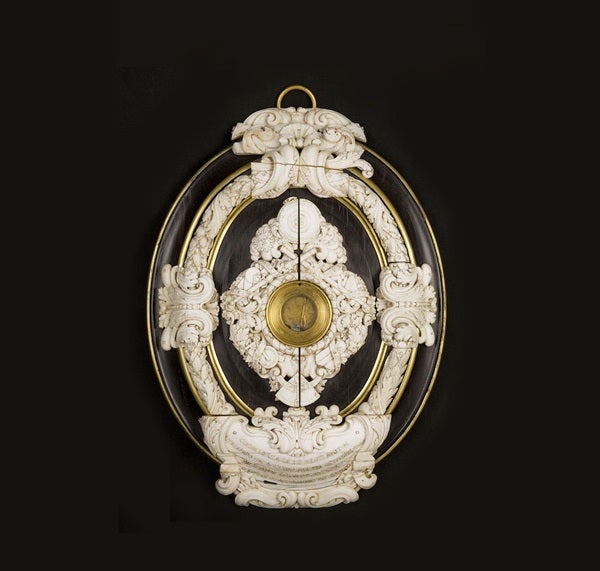I love lists. I’ve created them for the 25 greatest astrophotos, 25 essential telescope accessories, 12 great lunar targets, 10 things to do on a cloudy night, and lots more. For our 500th issue, I even wrote “The 500 Coolest Things About Space,” which took up the whole issue. Most were just lists, but for this one, I’m doing something different. I’m ranking my top 20 astronomers.
Here’s a necessary caveat: Throughout recorded history, astronomy — like science in general — has not been a terribly diverse or inclusive field. For instance, the first Black woman in the U.S. to get a Ph.D. in astronomy was Barbara A. Williams, in 1981. This list spans nearly 2,300 years of observers of the cosmos. In another 2,300 years, you can expect the next version of this list to look very different.
That said, I love ranked lists because they get me thinking. I hope this list does the same for you.
20. Charles Messier
June 26, 1730 – April 12, 1817
Charles Messier was a French comet hunter who discovered 13 of those elusive objects. But that’s not why he’s on this list. During his comet searches, Messier often came across diffuse objects that didn’t change position against the background stars the way that comets did. He made a list of these objects so that he and other comet hunters could quickly dismiss them and continue their searches. This collection of nuisances was quickly adopted by amateur astronomers as a catalog of alluring visual wonders. To this day, the first deep-sky objects viewed by amateur astronomers are almost always Messier objects.
19. Clyde William Tombaugh
Feb. 4, 1906 – Jan. 17, 1997
It would be absurd for me to leave an astronomer who discovered a planet off this list. He’s also the one person on this list that I knew well. As a Kansas farm boy, Clyde Tombaugh built several telescopes and sent sketches of planets to Lowell Observatory in Flagstaff, Arizona. The detailed observations so impressed the director, Vesto Slipher, that he hired Tombaugh and gave him the task of searching for a planet beyond Neptune, which culminated in the discovery of Pluto. In that search — during which he scanned more than 90 million images — he also found several hundred asteroids, a similar number of variable stars, and two comets.
18. Christiaan Huygens
April 14, 1629 – July 8, 1695
Christiaan Huygens was a Dutch astronomer — and so much more. As far as his astronomical achievements, he ground lenses for refracting telescopes, invented a better eyepiece (one with two lenses) than those available at the time, and was the first to correctly identify the nature of Saturn’s rings. He also discovered Saturn’s largest moon, Titan, and, by spotting Syrtis Major on Mars, became the first person to observe a surface feature on another planet. More tangentially related to astronomy, he also developed the theory that light is a wave and invented the pendulum clock.
17. Cecilia Payne-Gaposchkin
May 10, 1900 – Dec. 7, 1979
In 1923, English-born Cecilia Helena Payne took advantage of a fellowship to study at Harvard College Observatory in Cambridge, Massachusetts. Two years later, she became the first person to earn a Ph.D. in astronomy from Radcliffe College, then the women’s college attached to Harvard.
The doctoral thesis she wrote contained the astounding notion that the composition of the Sun wasn’t like Earth (a widely held belief), but rather that it — and all the other stars — was composed mainly of hydrogen and helium. Her later work focused on stellar evolution through the study of high-luminosity stars. She also, with the help of her assistants, made more than 3 million observations of variable stars.
16. Aristarchus
circa 310 b.c. – circa 230 b.c.
The first ancient astronomer to make my list is Aristarchus, who lived on Samos, a Greek island close to the western coast of Turkey. His claim to fame — and it’s a big one — is that he was the first person to assert that Earth orbits the Sun. And while that’s what he’s usually remembered for, he also stated that our planet rotates once a day and that stars were objects like the Sun, but much farther away.
Finally, although he incorrectly calculated that the Sun was about 20 times farther from Earth than the Moon, he did write that because they appeared the same size to us, their diameters must be in proportion to their distances.
15. Fred Hoyle
June 24, 1915 – Aug. 20, 2001
English astronomer Fred Hoyle is best known for his theory of stellar nucleosynthesis — how stars create elements heavier than helium. Indeed, in 1946, he became the first to write about this process. In 1954, he produced another groundbreaking publication that showed how the elements up to and including iron were produced by fusion reactions in the cores of massive stars. Hoyle’s work also showed how supernovae distribute heavy elements throughout the universe.
As a side note, Hoyle did not embrace the Big Bang, but he did coin the term, using it for the first time on a BBC radio program in 1949.
14. Williamina Fleming
May 15, 1857 – May 21, 1911
Scottish astronomer Williamina Paton Stevens Fleming discovered the first white dwarf star, more than 50 nebulae (including the Horsehead Nebula [Barnard 33]), 10 novae, and over 300 variable stars. But she’s on this list primarily for her work on the first Henry Draper Catalog, which listed the spectral classifications of more than 10,000 stars as faint as 9th magnitude. To tackle the job, Fleming developed a scheme to order stars by the relative amount of hydrogen in their spectra.
13. George Ellery Hale
June 29, 1868 – Feb. 21, 1938
In 1908, American astronomer George Ellery Hale proved that sunspots were associated with magnetic fields — no small achievement. But what really secured his place on this list were his tireless efforts to fund and construct some of the most important telescopes in the U.S. Among them are the 40-inch refractor at Yerkes Observatory, the 60-inch and 100-inch reflectors at Mount Wilson Observatory, and the 200-inch reflector at Palomar Observatory. The 200-inch was christened the Hale Telescope in his honor. Many of the 20th century’s greatest astronomical discoveries are because of Hale.
12. Edward Emerson Barnard
Dec. 16, 1857 – Feb. 6, 1923
Edward Emerson Barnard was arguably the greatest visual observer ever. He discovered 17 comets, the last of which was the first comet discovered using photography. In 1916, Barnard measured the proper motion of a magnitude 9.5 red dwarf in Ophiuchus. He found a value of 10.3″ per year, still the highest of any known star. It’s now known as Barnard’s Star.
But Barnard’s greatest accomplishment was his photographic atlas of the Milky Way. In it, he identified 349 dark regions previously thought to be voids between the stars. Barnard showed that these were instead clouds of dust and cold gas — dark nebulae.
11. Maria Mitchell
Aug. 1, 1818 – June 28, 1889
American astronomer Maria Mitchell rose to fame by finding Miss Mitchell’s Comet (C/1847 T1). For that discovery, which she made through a 3-inch refractor on Oct. 1, 1847, she was presented a gold medal by King Frederick VI of Denmark — becoming the first woman to win an astronomy-related award.
Although she didn’t attend college, Mitchell was appointed professor of astronomy and observatory director at Vassar College in 1865. During her tenure, she became involved in the anti-slavery and woman’s suffrage movements. Her efforts, and those of the Maria Mitchell Association established after her death, helped many women enter the fields of science and mathematics.
10. Karl Guthe Jansky
Oct. 22, 1905 – Feb. 14, 1950
American engineer Karl Jansky was a pioneer of radio astronomy. In 1931, using a large antenna he had constructed, Jansky discovered radio waves that originated in the Milky Way. Because this was a new branch of astronomy, other scientists didn’t immediately follow up on his discovery. Two that did, and who established the legitimacy of radio astronomy, were Grote Reber of Wheaton, Illinois, and John D. Kraus at the Ohio State University. Reber conducted the first sky survey in radio wavelengths, while Kraus invented many antennas that advanced radio astronomy and wrote the most widely used textbook on the subject. To honor Jansky’s original discovery, the unit that astronomers use to measure the strength of a radio source is named the jansky.
9. Harlow Shapley
Nov. 2, 1885 – Oct. 20, 1972
American astronomer Harlow Shapley was instrumental in popularizing the idea that Cepheid variables changed their brightness because they pulsate and not because they’re binary stars. He studied the distribution of globular clusters and showed that the Sun wasn’t at the center of the Milky Way. He also proposed the liquid water belt theory, which said that a planet had to orbit at a given distance from its star to host liquid water. This region is now known as the habitable zone.
Probably best known for his participation in the Great Debate with astronomer Heber D. Curtis, Shapley took the wrong side as he argued that galaxies (then known as spiral nebulae) were part of the Milky Way. Although he lost the debate, his clear arguments won Shapley the directorship of the Harvard College Observatory, a position he occupied for more than three decades.
8. Edmond Halley
Nov. 8, 1656 – Jan. 25, 1742
It’s been said that the general public knows three astronomical objects: the Moon, the rings of Saturn, and Halley’s Comet. English astronomer Edmond Halley didn’t discover the object named for him — he never even saw it — but his mathematical prediction of its return in 1758 guaranteed his place in history.
Halley was a friend of Isaac Newton and used Newton’s theory of gravity and to calculate “his” comet’s orbit. In fact, Halley published at his own expense the book Newton wrote explaining the theory, Philosophiæ Naturalis Principia Mathematica.
In 1676, Halley sailed to the island of St. Helena in the South Atlantic Ocean and spent a year measuring stellar positions, the result of which was the first catalog of the southern sky.
7. Hipparchus
circa 190 b.c. – circa 120 b.c.
When you talk about the greatest ancient scientist, there’s little doubt that you mean Greek astronomer Hipparchus of Nicaea. He’s best known for his discovery of precession: After measuring the positions of several bright stars, his results didn’t agree with the ones Greek astronomers a century earlier had recorded. He concluded that the positions of the equinoxes were changing. We also have him to thank for originating the magnitude system. In his catalog of some 850 stars, he ranked them in order of brightness, from 1st to 6th magnitude.
6. Carl Sagan
Nov. 9, 1934 – Dec. 20, 1996
Nobody did more to popularize astronomy than American astronomer Carl Edward Sagan. The landmark 1980 television series Cosmos: A Personal Voyage, which he co-wrote and narrated, has been viewed by more than half a billion people. He also wrote popular science books, including The Dragons of Eden, Pale Blue Dot, and the novel Contact, which was turned into a motion picture.
5. William Herschel
Nov. 15, 1738 – Aug. 25, 1822
You may know that Frederick William Herschel discovered Uranus in 1781. But Herschel didn’t stop there. He discovered four moons: Saturn’s Enceladus and Mimas and Uranus’ Titania and Oberon. He also established the basis for the study of binary stars, and by revisiting them for more than a quarter of a century showed that they were physically related, not simply chance alignments. He found nearly 2,500 deep-sky objects and, as if all this weren’t enough, discovered infrared radiation and that the Sun is moving toward the constellation Hercules.
4. Nicolaus Copernicus
Feb. 19, 1473 – May 24, 1543
Unlike Herschel, who seems to have done everything, Polish astronomer Nicolaus Copernicus did just one thing. Most scholars, however, think it was the greatest thing ever done in astronomy. Copernicus formulated what’s now called the heliocentric model — he moved Earth from the center of the universe and replaced it with the Sun. And although he outlined his theory around 1514, he didn’t publish his epic De revolutionibus orbium coelestium (On the Revolutions of the Heavenly Spheres) until he was on his deathbed in 1543, mainly because he was concerned with criticism, both scientific and religious.
3. Johannes Kepler
Dec. 27, 1571 – Nov. 15, 1630
Kepler’s importance to astronomy is so great that the final exam of my History of Astronomy course at Ohio State University consisted of just one question: Given Kepler’s laws of planetary motion, derive Newton’s three laws. Indeed, German astronomer Johannes Kepler’s laws — especially the first, which states that planets move in ellipses (not circles) — set the stage for the law of universal gravitation.
In addition to many years of arduous orbital calculations, Kepler also observed a supernova, now called Kepler’s Nova, in 1604. Noting that the object showed no parallax, he concluded that it was neither atmospheric nor nearby, but that its distance must be the same as the other stars.
2. Tycho Brahe
Dec. 14, 1546 – Oct. 24, 1601
Danish astronomer Tyge (Tycho) Ottesen Brahe was history’s greatest pre-telescopic observer. In fact, his careful observations of Mars enabled Kepler to derive his laws of planetary motion. Although Brahe didn’t have a telescope, he constructed many observing instruments: several quadrants, an armillary sphere, a sextant, and a large globe.
Two of his famous observations were of the supernova that appeared in 1572 (now called Tycho’s Nova) and the Great Comet of 1577. When he measured their positions, he saw no parallax, meaning that their distances placed them beyond the Moon.
1. Galileo Galilei
Feb. 15, 1564 – Jan. 8, 1642
As I stood in the science museum of Florence (now known as Museo Galileo) gazing at the first lens Galileo made, Astronomy Editor David Eicher, standing next to me, said, “That’s where optical astronomy began.” For that reason, Italian astronomer Galileo di Vincenzo Bonaiuti de’ Galilei ranks No. 1 on this list.
And that’s my list. Discuss. Debate. Rearrange. Just don’t try to change my mind.
10 physicists who had a tremendous influence on astronomy
Many of you might be thinking, “OK, Einstein — where’s Einstein?” Although his discoveries revolutionized astronomy, Albert Einstein was a physicist, the most famous of all. Here’s a list of 10 physicists who had a tremendous influence on astronomy, this time in alphabetical order.
Niels Bohr: Oct. 7, 1885 – Nov. 18, 1962
Christian Doppler: Nov. 29, 1803 – March 17, 1853
Albert Einstein: March 14, 1879 – April 18, 1955
Carl Friedrich Gauss: April 30, 1777 – Feb. 23, 1855
Stephen Hawking: Jan. 8, 1942 – March 14, 2018
James Clerk Maxwell: June 13, 1831 – Nov. 5, 1879
Isaac Newton: Jan. 4, 1643 – March 31, 1727
Erwin Schrödinger: Aug. 12, 1887 – Jan. 4, 1961
Kip Stephen Thorne: b. June 1, 1940
John Archibald Wheeler: July 9, 1911 – April 13, 2008

